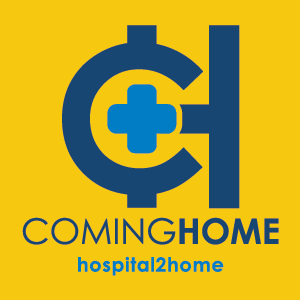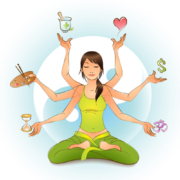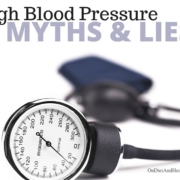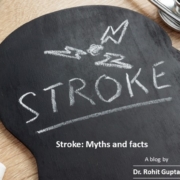Balanced lifestyle
To maintain a balanced lifestyle, you need to keep eating healthy. Add more fruits and vegetables in your diet and eat less carbohydrates, high sodium and unhealthy fat. Avoid eating junk food and sweets.
A balanced lifestyle doesn’t mean starving yourself. Avoid skipping a meal—this will only make your body crave more food the moment you resume eating. Remember to burn more calories than you eat.
It is important to note that physical fitness is not the sole basis of being healthy; being healthy means being mentally and emotionally fit. A balanced lifestyle and being healthy should be part of your overall lifestyle. Living a healthy lifestyle can help prevent chronic diseases and long-term illnesses. Feeling good about yourself and taking care of your health are important for your self-esteem and self-image. Maintain a healthy lifestyle by doing what is right for your body.
Coming home organization working together with the Foundation for Peripheral Neuropathy:
here are tips for maintaining a balanced lifestyle
If you want to be a well-rounded, healthy individual, here are a couple of staying healthy tips that may help you do just that:
Maintain a regular exercise routine
No, you do not have to force yourself into intense workouts at the gym but you need to keep as active as possible. You can stick to easy floor exercises, swimming, walking, or simply keep yourself moving by doing some household chores. Do what your body allows you to do.
Engage in the things you are passionate about
Every now and then, to keep the stress and the demands of life from taking over, take a break to do something you love doing.
Surround yourself with positive energy
In order to have a sound mental and emotional state, you must surround yourself with positive energy. Yes, not all problems can be avoided. But it helps to face such obstacles with an optimist outlook. Surround yourself with encouraging friends and people that will provide you with constructive criticism every once in a while to help you improve.










